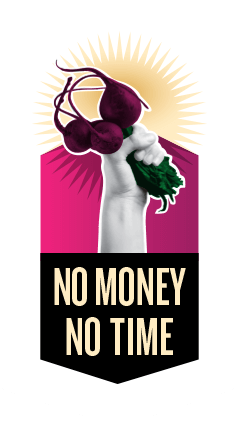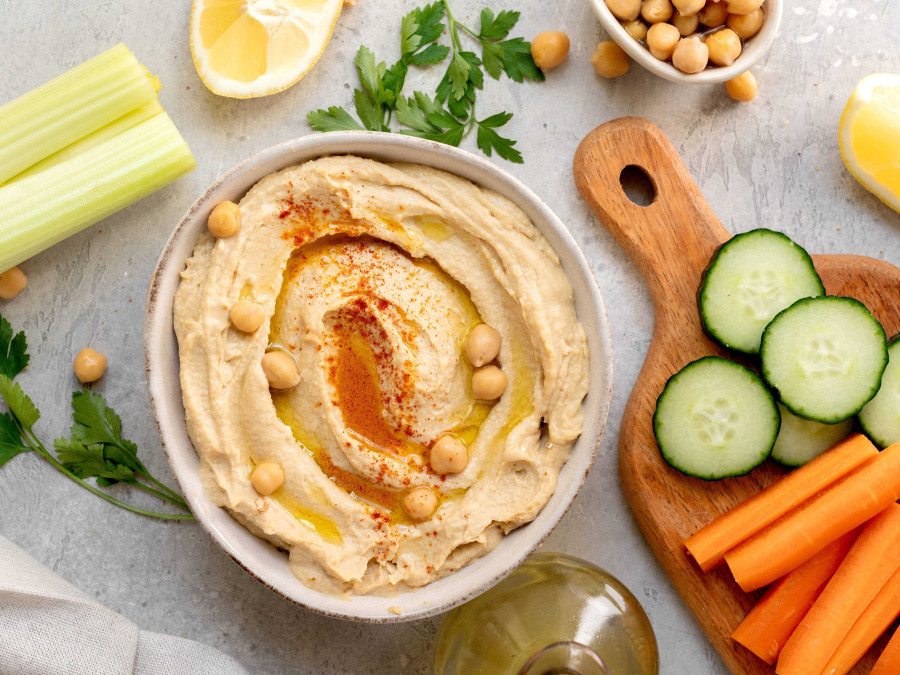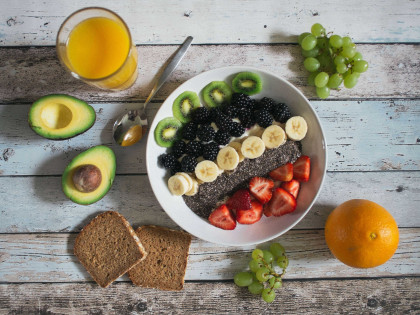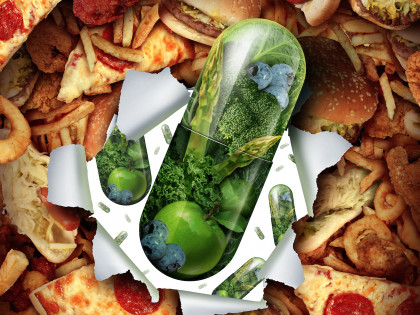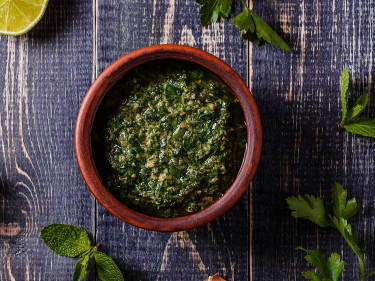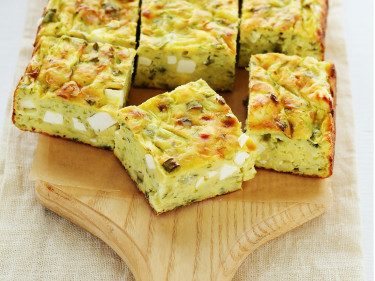Serves = 12
2 x 400g can of chickpeas
1-2 small garlic cloves peeled or 1-2 tsp minced garlic*
2 tbsp unhulled tahini
1-2 tbsp fresh or bottled lemon juice*
2 tbsp extra virgin olive oil
4 tbsp water, extra if needed
1 tsp ground cumin*, extra for garnish

